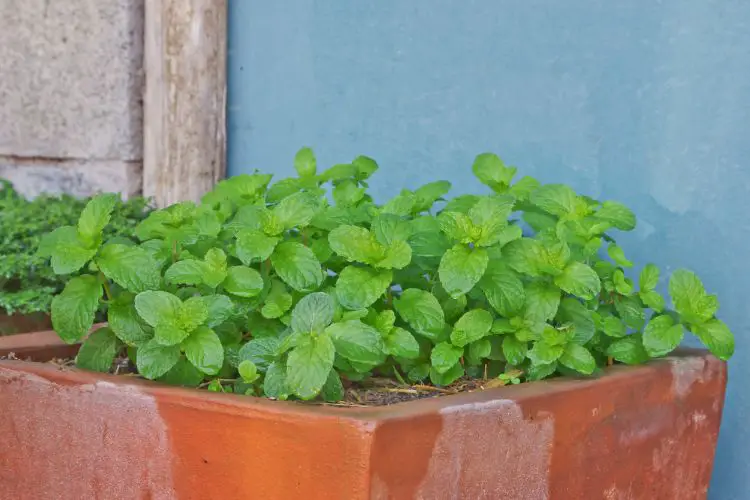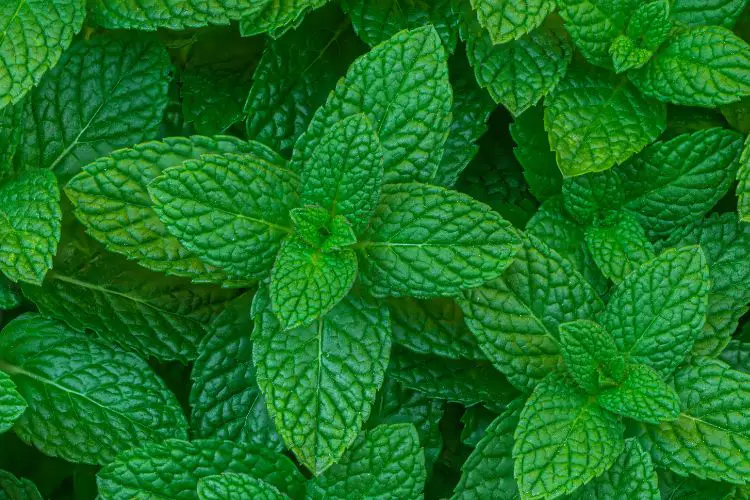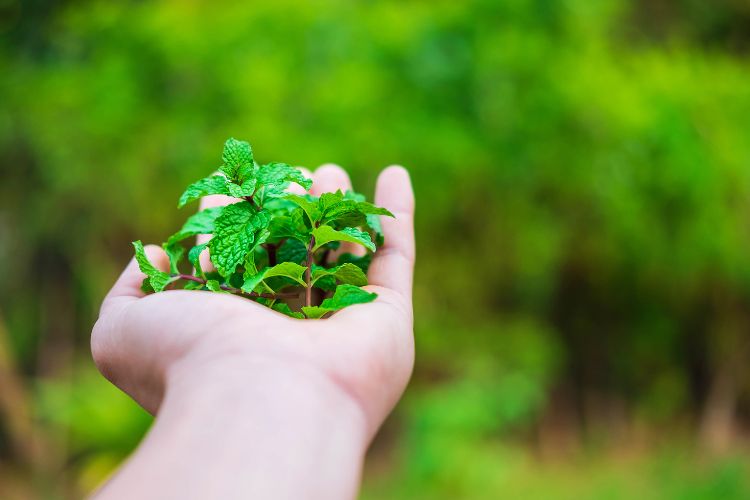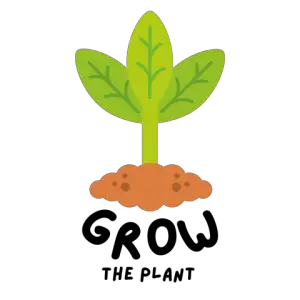Explore effective methods for growing mint at home. Learn essential tips on planting, caring for, and harvesting this versatile herb to enhance your culinary creations and enjoy its refreshing aroma.

Understanding Mint and Its Varieties
Mint is a versatile herb that belongs to the Lamiaceae, or mint family, known for its refreshing aroma and culinary uses. It is a fast-growing perennial plant that thrives in various climates and is a popular choice for home gardeners due to its low maintenance and abundant growth.
Popular Mint Varieties for Home Cultivation
There are several varieties of mint that are well-suited for home cultivation. Some popular choices include spearmint, peppermint, and chocolate mint. Each variety has its own unique flavor and aroma, making them ideal for different culinary applications and herbal teas.
Selecting the Right Location for Growing Mint
Mint plants thrive in a location that receives partial to full sunlight, although they can also tolerate some shade. When planting mint, it is important to choose a spot with well-draining soil to prevent waterlogging, which can lead to root rot.
Sunlight and Shade Requirements for Mint
For optimal growth, mint plants require at least 4-6 hours of sunlight per day. However, in hotter climates, they may benefit from some afternoon shade to prevent wilting and scorching of the leaves.
Soil Conditions for Optimal Growth
Mint plants prefer rich, moist, and slightly acidic soil with a pH between 6.0 and 7.0. When planting mint in containers, using a high-quality potting soil with good drainage is essential to ensure the plants thrive.
Planting Mint
When planting mint, gardeners have the option to start from seeds or seedlings, each with its own advantages.
Choosing Between Seeds and Seedlings

Planting mint from seed can be more cost-effective, but it requires more time and patience as the seeds germinate and establish. On the other hand, using seedlings provides a head start and ensures a higher success rate for growing mint.
Proper Spacing and Depth for Planting
If planting mint in the ground, space the plants 18-24 inches apart to allow for their spreading nature. When planting in containers, ensure each plant has enough space to grow and thrive. Plant the seedlings or seeds at a depth of ¼ to ½ inch in the soil, and water thoroughly after planting.
Caring for Mint Plants
To ensure healthy growth and abundant harvest, proper care and maintenance of mint plants are essential.
Watering Frequency and Techniques
Mint plants require regular watering to keep the soil consistently moist but not waterlogged. Water the plants at the base to avoid wetting the foliage, which can lead to diseases such as fusarium wilt.
Fertilizing Mint for Healthy Growth
Fertilize mint plants with a balanced, all-purpose fertilizer every 4-6 weeks during the growing season to promote vigorous growth and abundant foliage. Avoid over-fertilizing, as this can lead to excessive leaf growth with diminished flavor.
Managing Pests and Diseases
Mint plants are generally resistant to pests and diseases, but occasional issues such as aphids, spider mites, and powdery mildew may arise. Encouraging beneficial insects in the garden, such as ladybugs and lacewings, can help control pest populations without the need for chemical intervention.
Harvesting and Pruning Mint
Knowing the best time to harvest mint leaves and how to prune the plants is crucial for maintaining their health and vigor.
Best Time for Harvesting Mint Leaves

Harvest mint leaves in the morning when the essential oils are most concentrated. Pinch off the leaves or use scissors to cut the stems just above a set of leaves, which encourages bushier growth and prevents the plants from becoming leggy.
Techniques for Pruning Mint Plants
Regularly prune mint plants by pinching off the tips of the stems to promote branching and prevent the plants from flowering, which can affect the flavor of the leaves. Pruning also helps to keep the plants compact and prevents them from overtaking the garden.
Utilizing Fresh Mint
Fresh mint leaves can be used in a variety of culinary dishes and beverages, adding a burst of flavor and aroma to recipes.
Culinary Uses for Fresh Mint
Fresh mint is a popular ingredient in salads, sauces, marinades, and beverages such as mojitos and mint tea. It can also be used to flavor desserts, including ice cream and chocolate dishes, adding a refreshing and aromatic twist to sweet treats.
Other Creative Ways to Use Mint at Home
In addition to culinary uses, fresh mint can be utilized in various creative ways at home. It can be infused into oils, vinegars, and syrups, used to make homemade mint extract, or added to homemade cleaning products for a natural, fresh scent.
By following these tips for growing and caring for mint plants, home gardeners can enjoy a bountiful harvest of this versatile herb, adding a fresh and aromatic touch to their culinary creations and daily lives.
